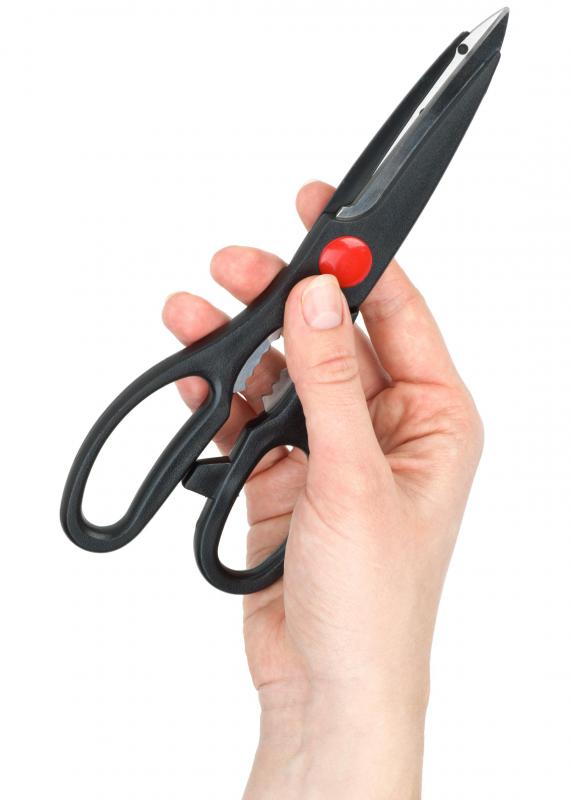At TheHealthBoard, we're committed to delivering accurate, trustworthy information. Our expert-authored content is rigorously fact-checked and sourced from credible authorities. Discover how we uphold the highest standards in providing you with reliable knowledge.
What Is the Difference between the Cerebrum and Cerebellum?
The cerebrum and cerebellum, while both being parts of the brain, differ significantly in both size and function. The cerebrum is the largest section of the brain and is mainly responsible for thinking, memory (both long- and short-term), and reason. The cerebellum is far smaller and is mainly responsible for balance and coordination. Both are vital to the normal functioning of the human body, however.
The brain, situated within the skull of the head, is basically the headquarters of the human body. Consisting of four main regions — the brain stem, diancephelon, cerebrum, and cerebellum — it controls the entire nervous system. The brain is divided down the middle into the right and left hemisphere. Scientists believe that the left hemisphere is responsible for analytical thinking and the right hemisphere for more artistic or creative thinking. The left side controls the functioning of the right side of the body, and vice versa.

While they are located right next to each other, the cerebrum and cerebellum are very different. The cerebellum is located at the back of the head, below the cerebrum and is about an eighth of its size. It is responsible for holding the body upright and balanced, coordinating the movement of the muscles, and receiving messages from the spinal cord. Damage to the cerebellum, while not causing paralysis, may cause a lack of coordination, loss of balance, and an inability to perform fine movements.

The cerebrum makes up most of the brain and is divided into four lobes in each hemisphere, each with a different function. The cerebral cortex is the outer layer of the cerebrum. The frontal lobes, situated at the front of the head, control thought, speech, learning, emotion, and some movement; the parietal lobes, situated behind the temporal lobes, are responsible for sensation such as hot or cold, pain or touch. The temporal lobes, situated on the sides of the head, are responsible for processing sounds and memory, and the occipital lobes, at the back of the brain, above the cerebellum, process the things that people see.

Damage to any parts of the cerebrum and cerebellum can result in partial or complete loss of the functions of that particular part. This may be temporary or lifelong. While all the parts of the brain are contained within the skull and consist of the same materials, each section has a very specific job, allowing the body to function optimally.
AS FEATURED ON:
AS FEATURED ON:














Discuss this Article
Post your comments